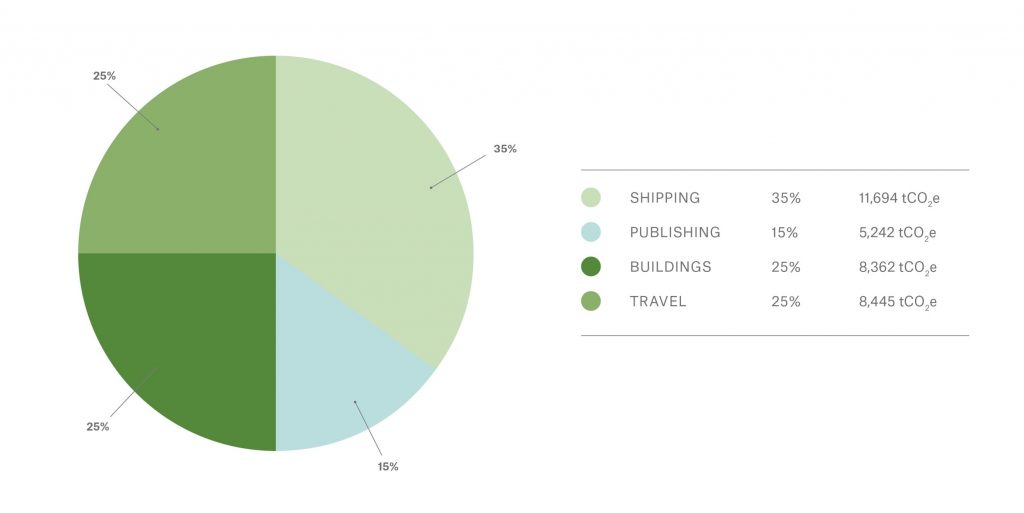Sustainability
In a First for the Auction Industry, Christie’s Has Pledged to Reach Net-Zero Carbon Emissions by 2030
The auction house has also joined the Gallery Climate Coalition.

The auction house has also joined the Gallery Climate Coalition.

Kate Brown

Christie’s is making a bid to become a sustainable business leader in the art market. The company announced today a pledge to become carbon neutral by 2030, making it the first of the major auction houses to do so.
The pledge includes committing to a 50 percent reduction in carbon emissions, which includes diverting 90 percent of its waste away from landfills. It will also provide clients with packaging and printed material that is 100 percent recyclable, or with reusable crates in a pilot project with Rokbox. Already in 2019, the company had decided to ditch its weighty glossed paper catalogues.
“As a market leader, Christie’s has a special responsibility in terms of protecting our environment and building a more sustainable business for now and for the future,” said Guillaume Cerutti, CEO of Christie’s, in a statement.
Unlike carbon neutrality, which focuses largely on the purchase of carbon offsets, net-zero carbon means that emissions will actually be reduced through changed behavior.
In an effort to show transparency, the company has also shared its recent carbon emissions. Measuring between October 2018 and September 2019, the chart shows that most of its emissions are currently produced by shipping—which numbers 11,600 cubic tons of carbon—with travel and building emissions tied at second place, both 25 percent with 8,000 cubic tons of carbon.

Christie’s Principle Emissions in tonnes of carbon dioxide emissions. Courtesy of Christie’s.
Artnet News asked Christie’s CEO Cerutti about how the new approach figures into Christie’s bottom line. “It would be to the detriment of our business in the medium and long run if we didn’t make the commitment now. Our clients increasingly expect it of us, and our employees are also advocates of change,” said Cerutti.
Tom Woolston, Christie’s global head of operations, is leading Christie’s sustainability program. The company has also joined on to the recently formed Gallery Climate Coalition, whose founding committee includes art dealers Thomas Dane, Kate MacGarry, and Frieze art fairs global director Victoria Siddall, among others.
“We know the broader art industry shares the desire to combat climate change,” said Woolston in a statement.
Christie’s will focus on four main areas to meet its carbon goals, including transforming its processes with shipping, travel, building energy, and printed material. The company will also favor lower carbon-emitting modes of transport and be more selective when touring works and objects ahead of sales. It will opt for digital tools, many of which were pioneered in the pandemic, and curb business travel to meet in virtual space where possible.
These measures, said Christie’s, align its aims with the Science Based Target initiative (SBTi), which state that a 1.5°C warming trajectory is required to avoid dangerous climate change.
“From now on, the lens of sustainability must inform all of our activities,” said Woolston. “We understand that making good on these commitments will require a shift in culture and recognize that there is much to be done to adapt across the business.”